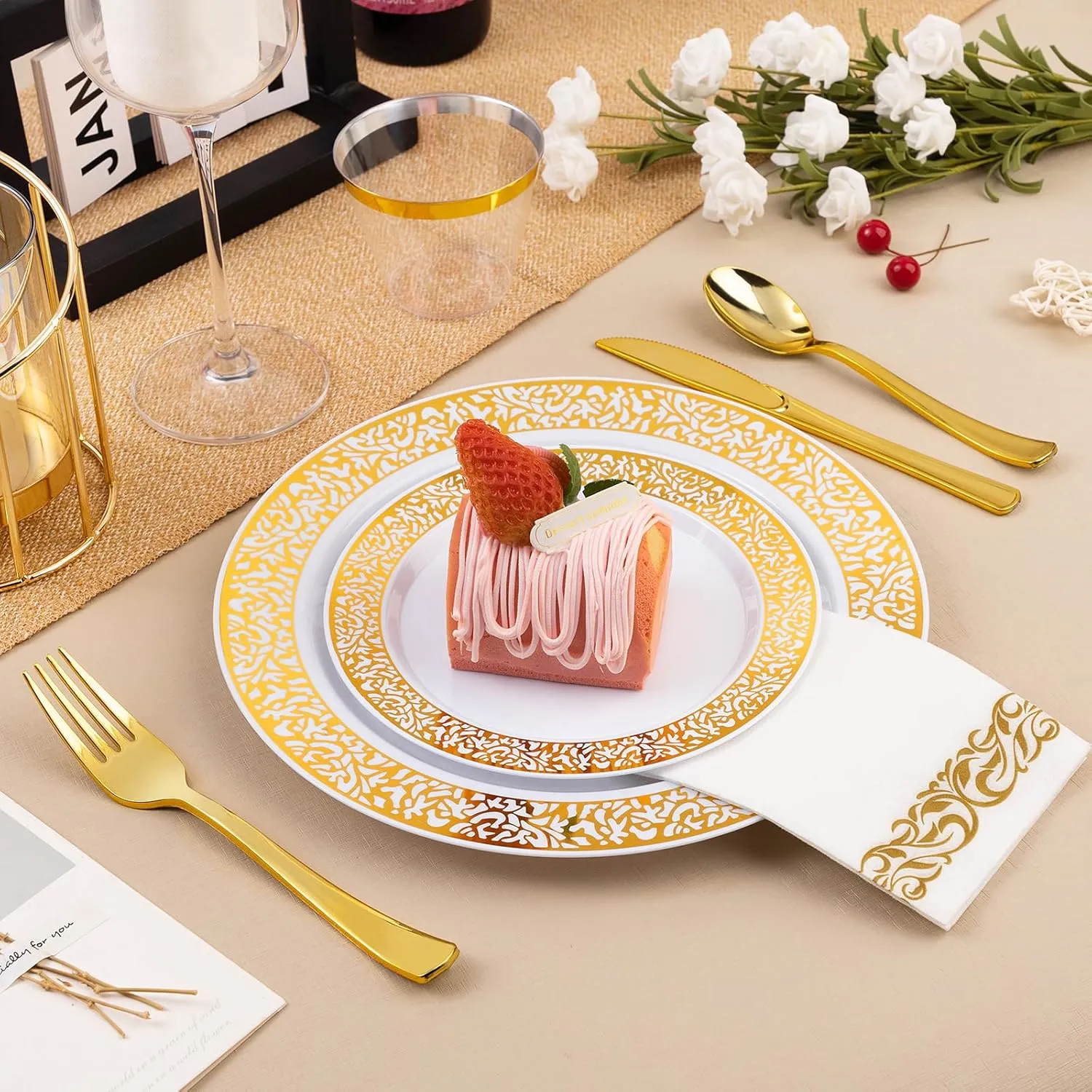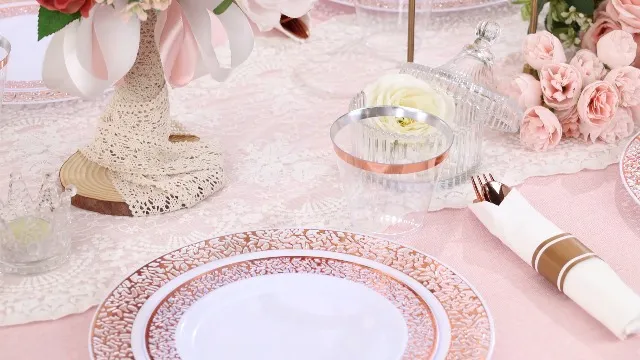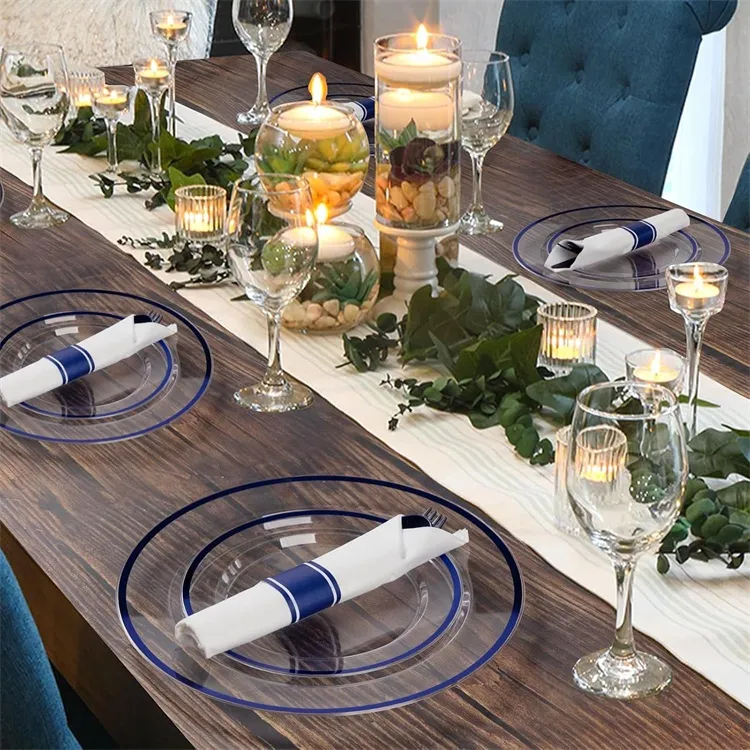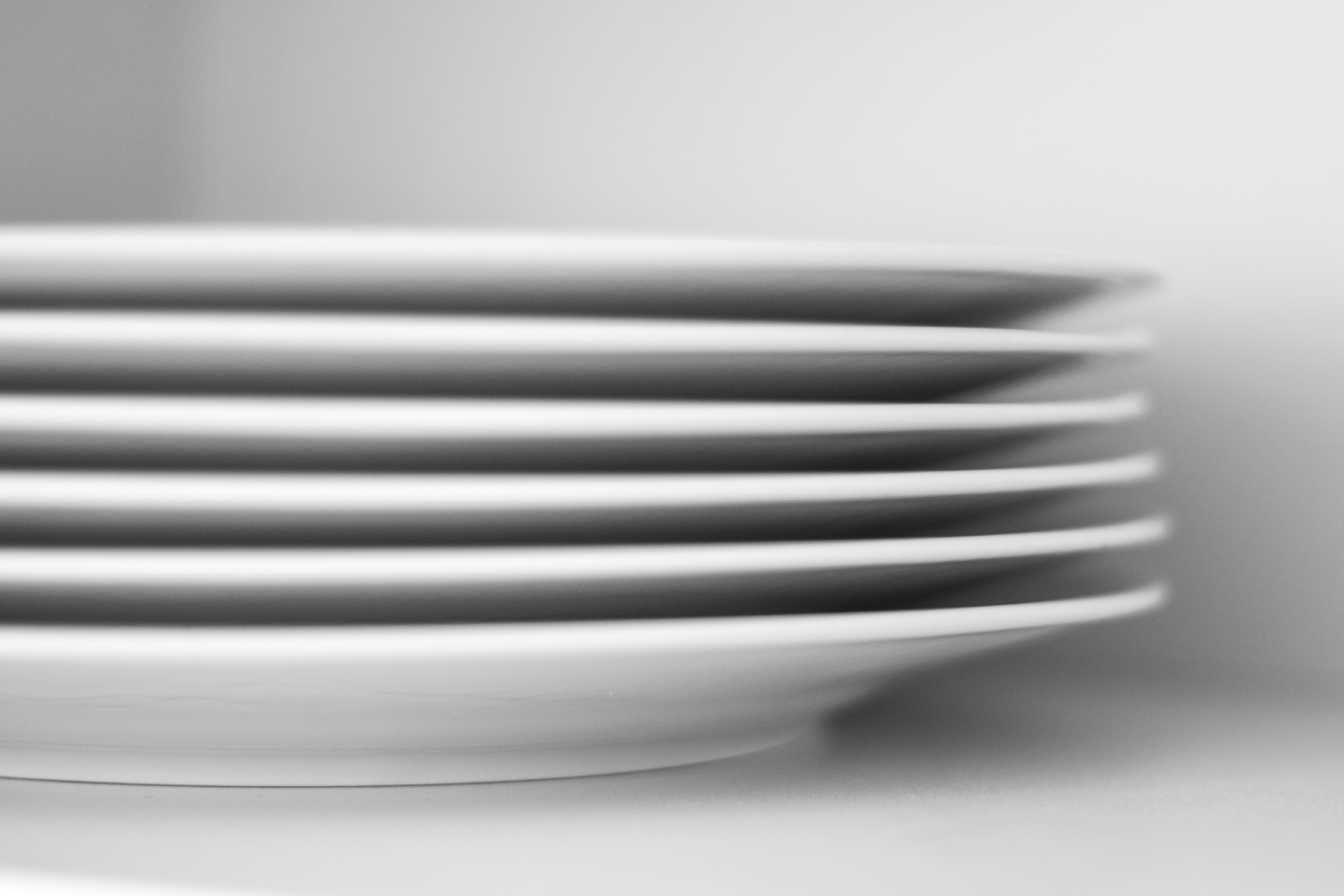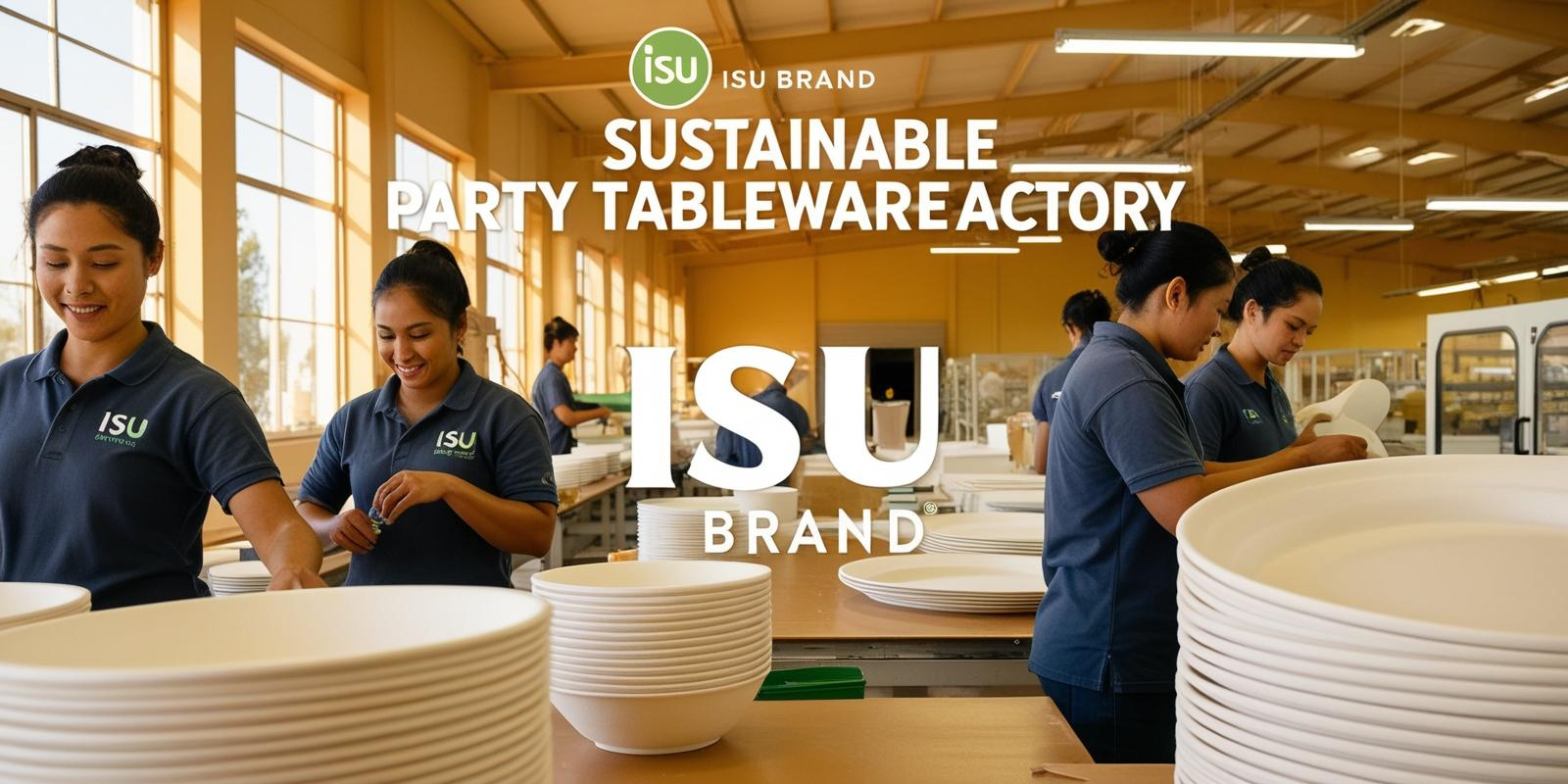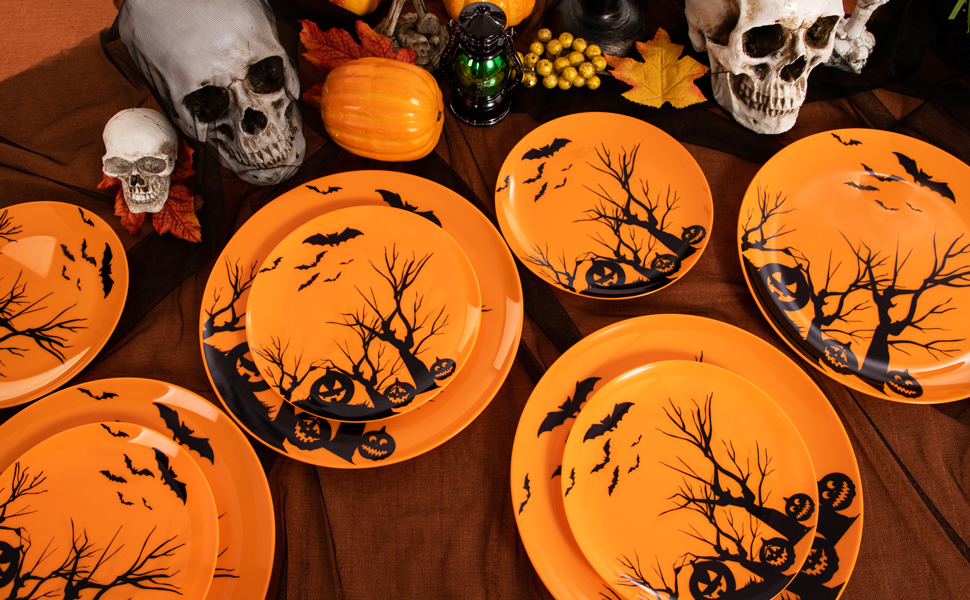Can you put plastic plates in the microwave?
Table of Contents
In the fast-paced modern life, takeout and ready-to-eat food have become the daily choices of many people, and the microwave heating of plastic plates has thus become inevitable. However, whenever warnings of “plastic heating causes cancer” appear on social media, consumers are often confused and worried: Can plastic tableware really be put in the microwave oven? Can improper use really endanger health?
As a professional wholesaler deeply involved in the plastic tableware industry for many years, we are well aware of consumers’ concerns. Here we would like to make it clear to everyone: the only common plastic material recognized by the industry as safe for microwave use is PP (5).. The heat resistance and stability of different plastics vary significantly – inferior plastics may indeed release harmful substances at high temperatures, while certified microwave-safe plastics can ensure a worry-free heating process. This article will guide you through the scientific basis, potential risks, and safer alternatives for the microwave use of plastic tableware, helping you make wise choices in your daily life.
Understand the principle of microwave-safe plastics
The essence of microwave heating is to generate heat by making polar molecules (such as water molecules) in materials vibrate and rub against each other at high speed through an electromagnetic field. As a polymer material, the safety of plastic depends on the response of its molecular structure to microwaves.
This brings risks to the heating of our food. Inferior plastics or materials containing additives (such as plasticizers and dyes) may release microplastics or chemicals (such as bisphenol A) at high temperatures, contaminating the food.

How to identify a microwave-safe plastic plate?
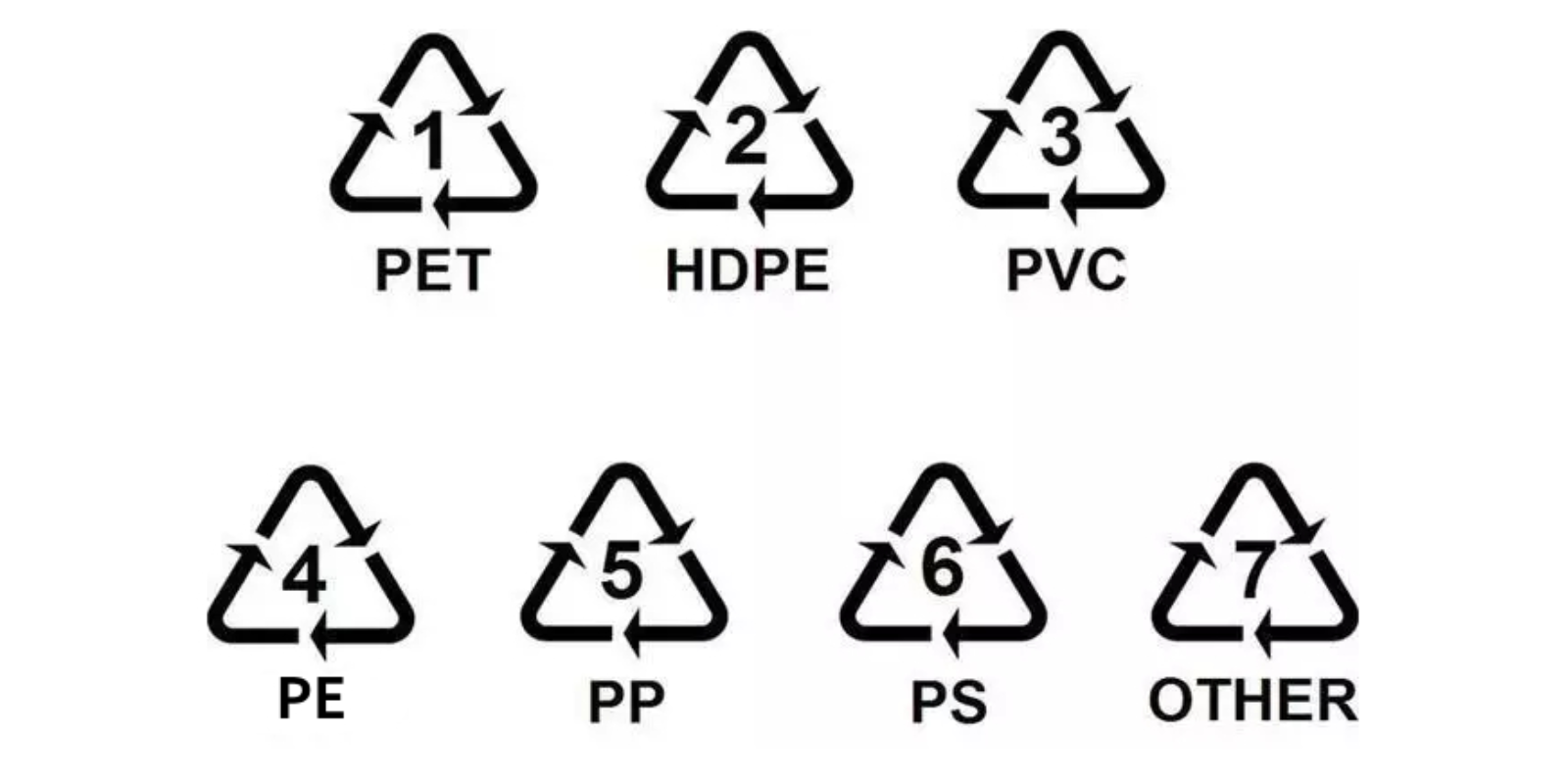
1. PET: Those with the “PET” label at the bottom are mostly beverage bottles. It goes without saying that everyone knows that these plastic products are “disposable”. Pouring boiling water into a mineral water bottle may even scald the bottle body, and there will also be a plastic smell. Long-term use can cause harm to the human body.
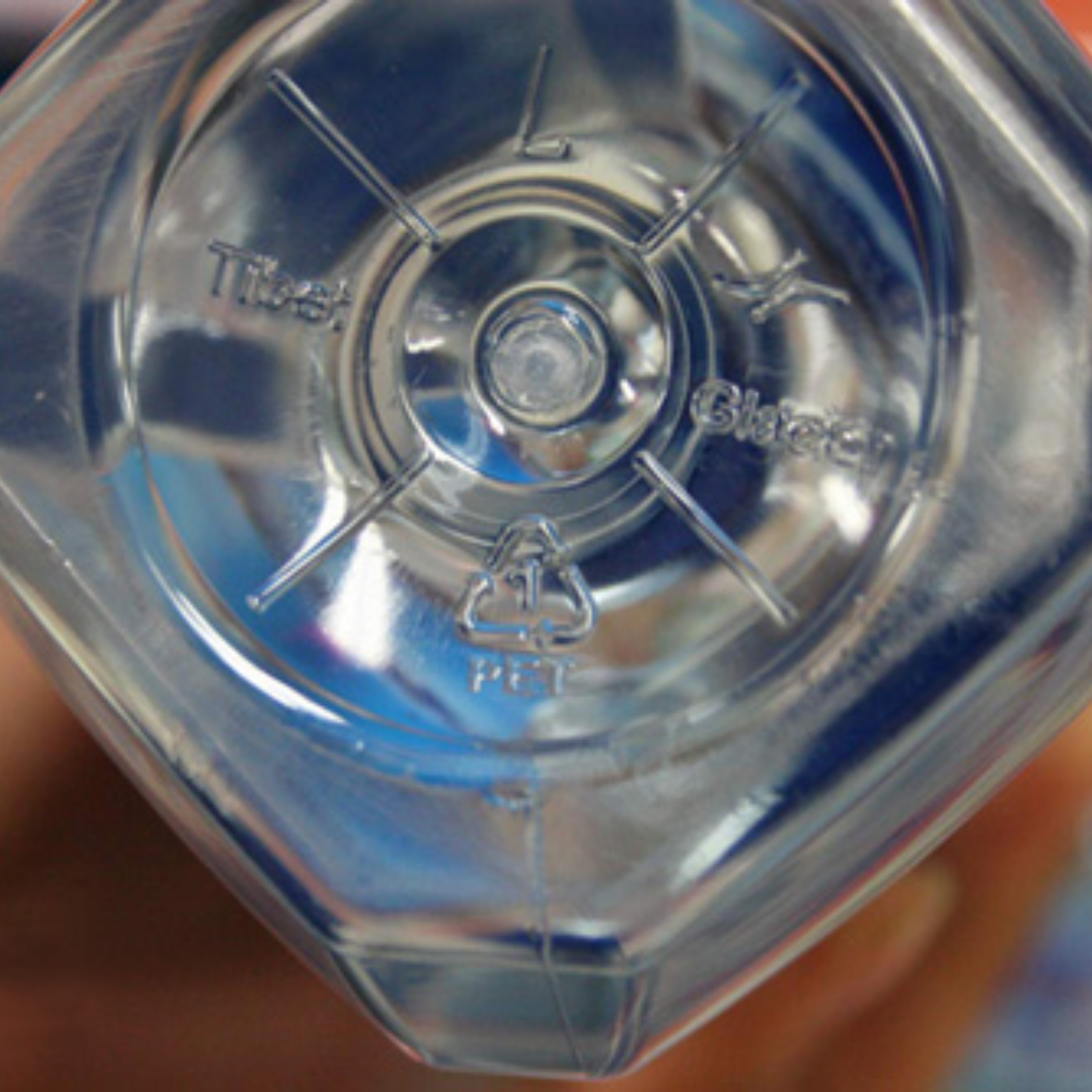
2. HDPE: Plastic products containing plastic components, such as milk bottles, shampoos, and cleaning agents, are widely recognized in the industry as not releasing harmful substances and are relatively safe. Therefore, supermarkets also use this type of plastic bag, specifically designed for food. However, such containers are generally difficult to clean and are prone to bacterial growth. It is not recommended to reuse them.
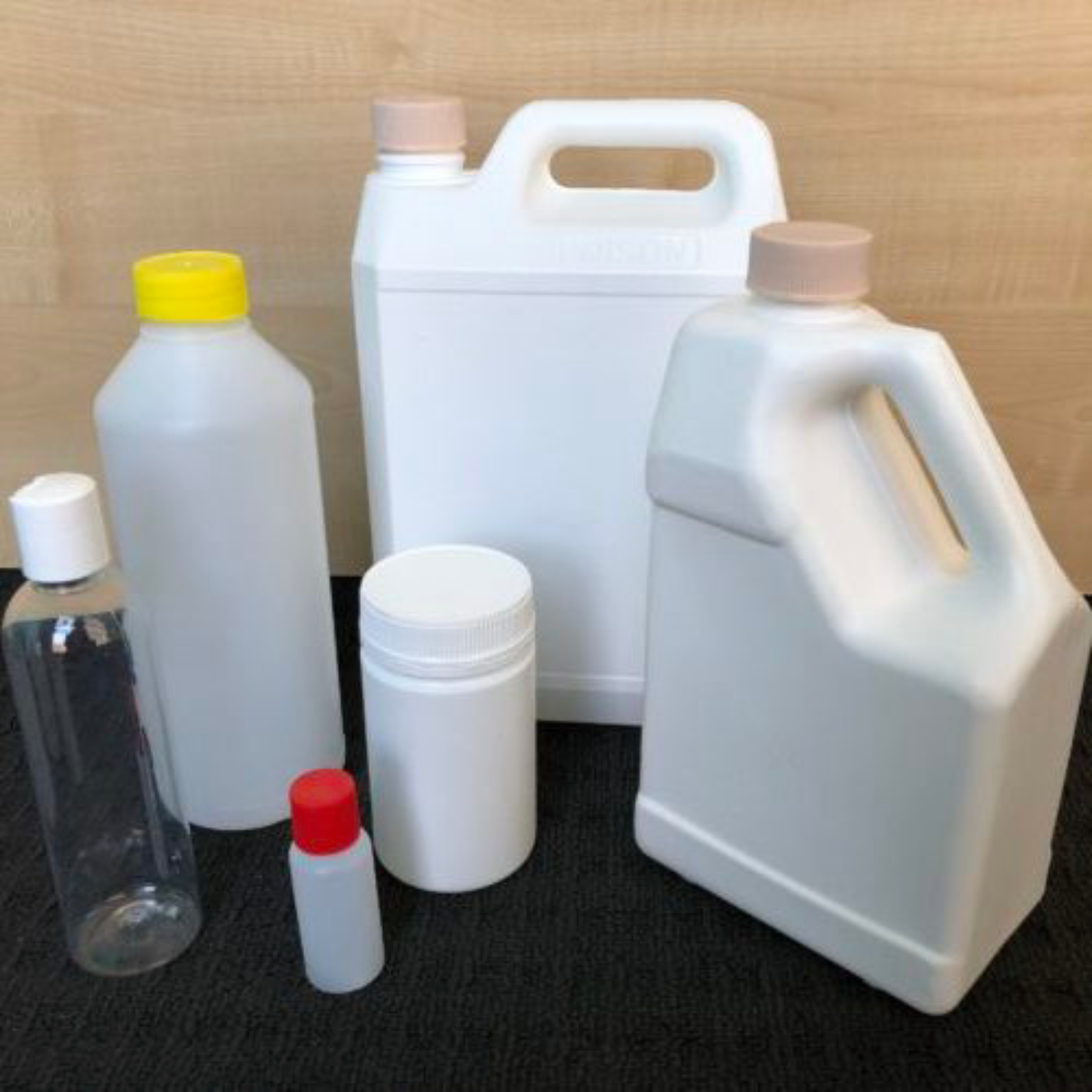
3. PVC: It is used in plastic food packaging, children’s toys, oil bottles, vinegar bottles, soy sauce bottles, etc. Many PVC plastic boxes are marked as “microwave-safe”, but since this material releases harmful substances when heated and interferes with human hormone development, many environmental protection departments in various countries have announced its ban.
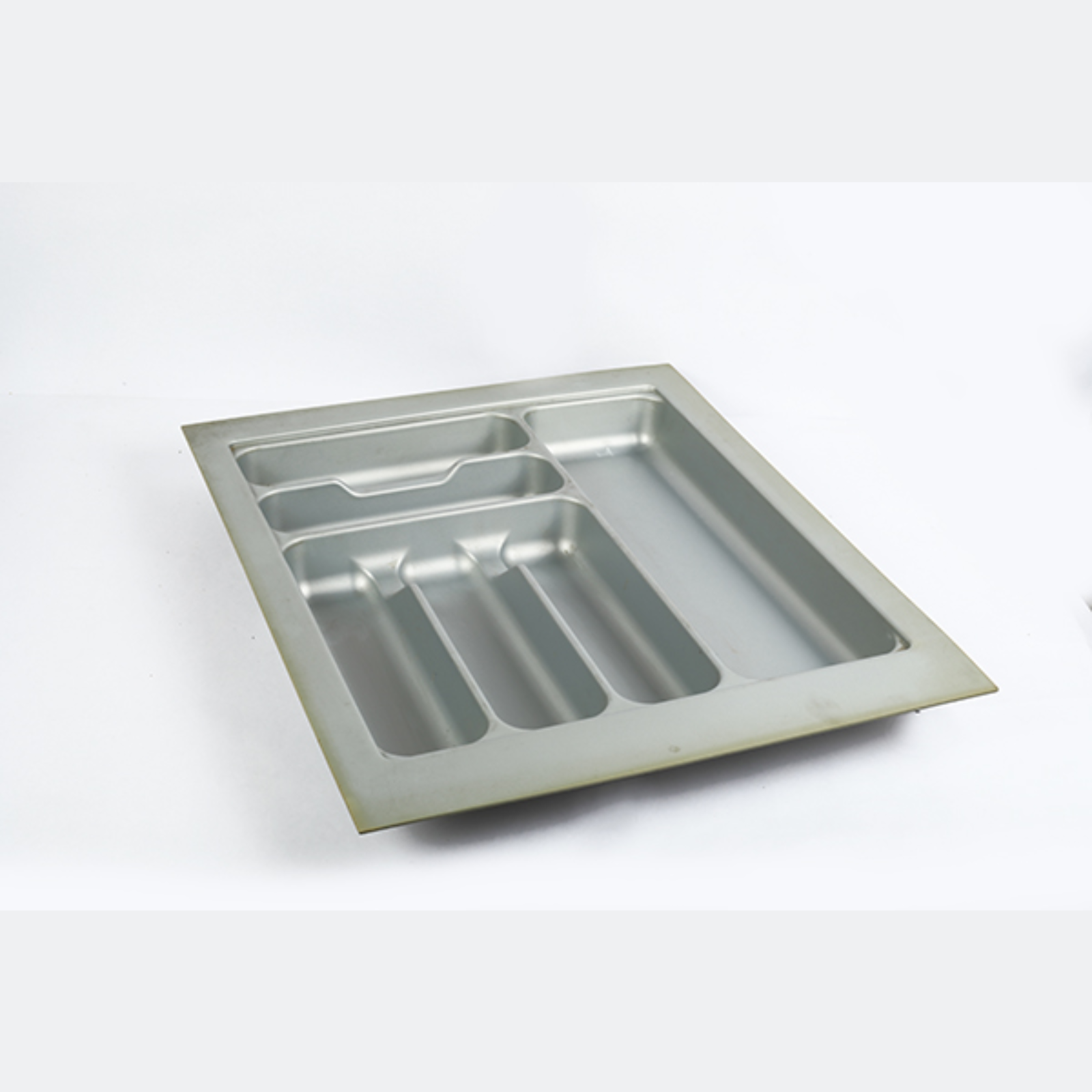
4. PE: Materials like the commonly used cling film and semi-transparent food bags nowadays are made of this material and cannot be used in microwaves.
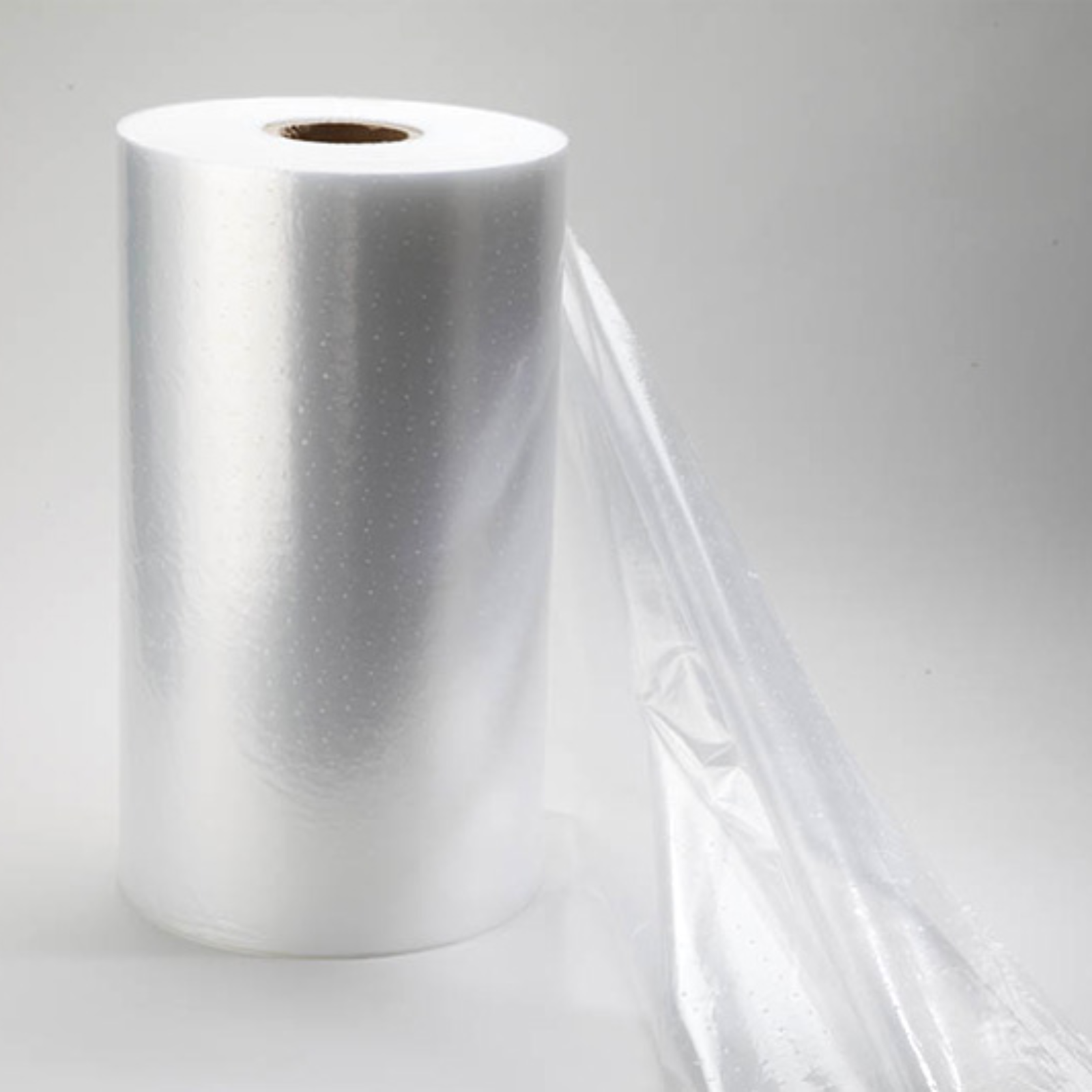
5. PP (Polypropylene) Most microwaveable lunch boxes are made of this material. It can withstand high temperatures, does not produce substances harmful to human health when heated, and can be reused after being washed.
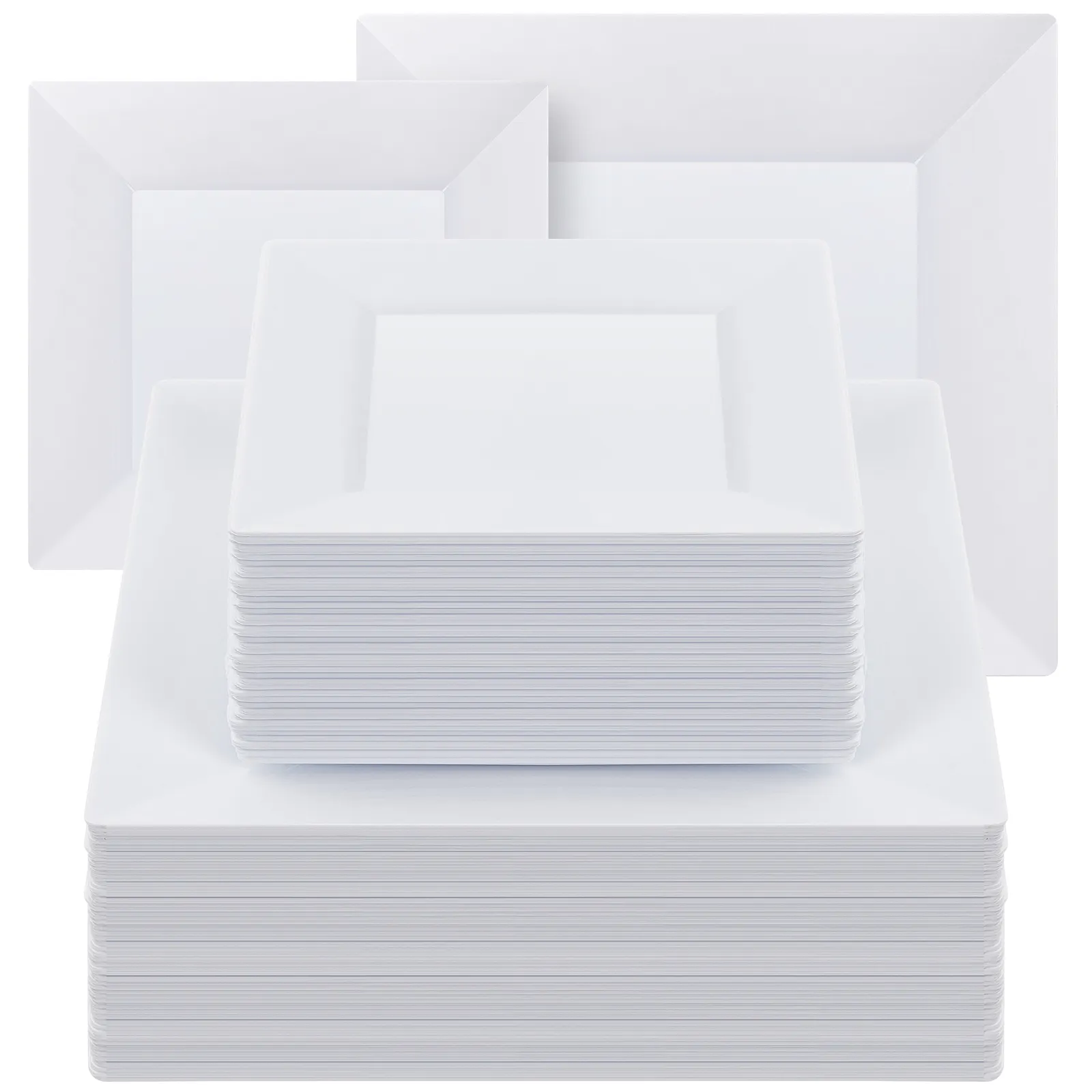
6. PS: Bucketed instant noodles and disposable fast food boxes can be used to hold food, but this material has poor chemical stability. When heated in a microwave oven, it will release harmful chemicals to the human body and may even cause a fire.
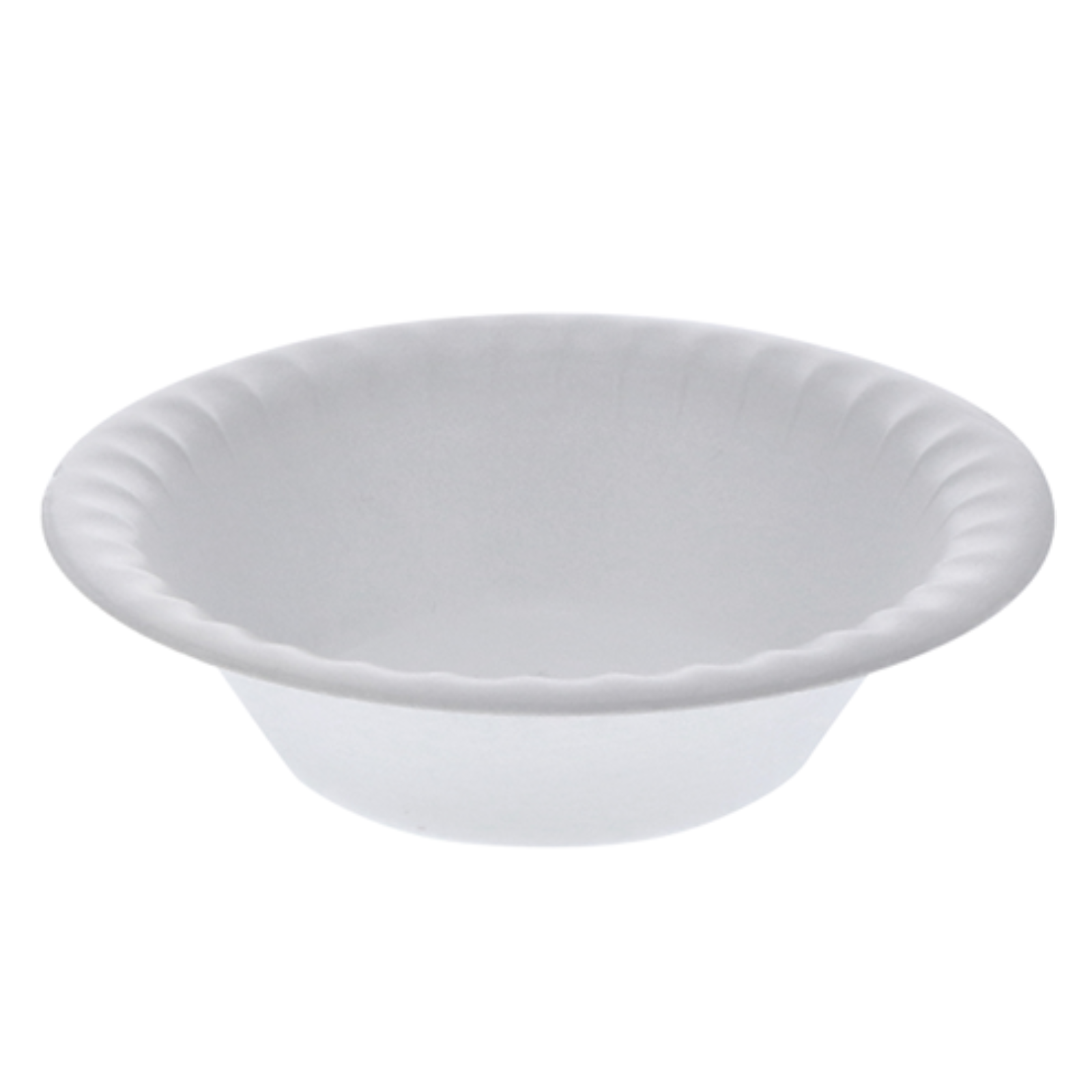
7. OTHER (Plastic products without labels) : This refers to any plastic container, regardless of its material.
Conclusion: The only widely used microwave-safe plastic is PP material No. 5. Some HDPE(No. 2) can also be microwave-heated, but it must be marked as “microwave safe”.
If there is no label and the material cannot be confirmed, you can put the tableware in boiling water. After a while, take it out. If it becomes soft, it is all plastic that cannot be used in the microwave.
A safer solution
1. Switch to glass or ceramic materials: Ordinary glass is generally safe when heated in a microwave oven, but make sure to choose the appropriate glass material to avoid potential risks. Heat-resistant glass and tempered glass are relatively safe choices, while ordinary glass may break due to sudden temperature changes and is not recommended for use in a microwave oven.
Pure ceramics can be used safely.
2. Food-grade silicone material: Food-grade silicone is safe to use within the normal heating range and will not release harmful substances.
3. Choose a regular and FDA-certified plastic plate wholesaler
Providing customers with safe and healthy products is the key to a company’s development. Bestluck is a professional and legitimate manufacturer. All the microwave-safe tableware we produce has been certified by the US FDA being safe and recyclable.
Contact our security experts now to get a tableware wholesale solution that suits your business
Related Posts

Get Bulk Discounts Today
Request Your Free Sample Kit!
Company
Contact Us
Address: No.303, Building 5, Ronghua Center, Ningbo, China
Phone/Whatsapp: +86 13646663910
Compliance
Bestluck is a legitimate and legal company, and we hold various professional certifications.
Company
Contact Us
Follow Us
Compliance
Bestluck is a legitimate and legal company, and we hold various professional certifications.
Copyright © 2010 – 2025 Zhejiang Yisu Home Technology Co., LTD. All Rights Reserved | Stiemap | Privacy Policy
Copyright © 2010 – 2025 Zhejiang Yisu Home Technology Co., LTD. All Rights Reserved | Privacy Policy

